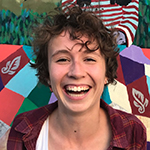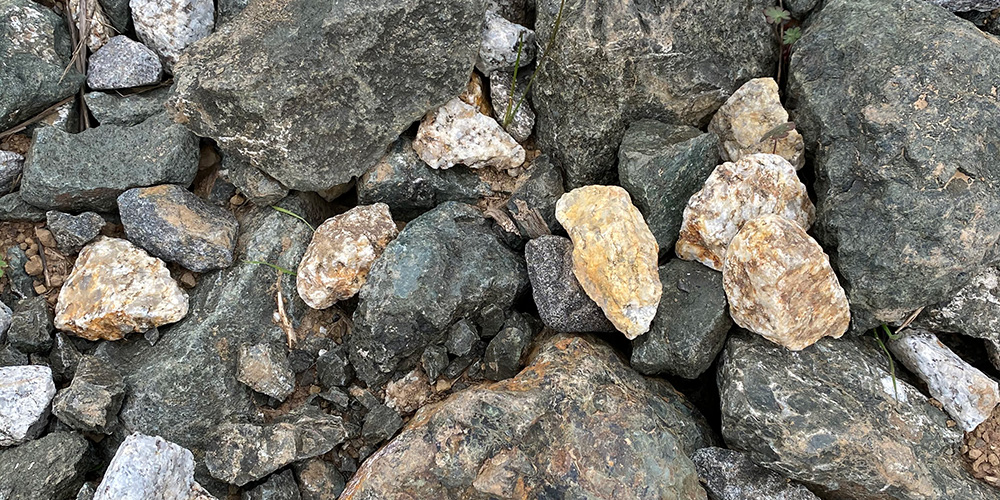Rehabilitation. A word that tends to make the average chiropractic student squirm. But our definition of rehabilitation tends to be limited to tiresome and monotonous exercises and physical therapists. It is their job, not ours. Our job as chiropractors is to assess and correct subluxation in order for the nervous system to be free of interference so it has the potential to grow and adapt. What if the interference lies within the nervous system itself? The old model of subluxation, which consisted of a bone pinching a nerve, is outdated at best and, we now know, the subluxation is intricately more complex than just a bone compressing a nerve. Therefore, any “rehabilitation,” which is defined as restoring to a former capacity or better condition, should involve the nervous system.

Rebekka Kuzichev
A few decades before the 21st century, neuroplasticity was a new branch of science that challenged the view of the nervous system being unchangeable. It’s time to catch up. While we don’t necessarily have to do the rehabilitation itself, it is important to be knowledgeable in how neurology is incorporated with healing. Our goal, which we reach by addressing subluxation, is to improve the quality of life and optimize the body’s potential. As a Doctor of Chiropractic, wouldn’t it be important to understand how the brain heals through neuroplasticity in order to further improve the quality of life of our practice members?
Neuroplasticity can be used in rehabilitation with remarkable results when it is applied and understood. Constraint-Induced Movement therapy applies neuroplasticity with people who have suffered from a stroke and have lost function of one side of their body. Arm paresis is one of the most common impairments after stroke and can continue to be a problem after 6 months of conventional rehabilitation. (1) Edward Taub, the inventor of Constraint-Induced Movement theory, theorized that the brain wouldn’t re-learn the use of the impaired limb if there was a free limb to be of use. (2) After this theory was put to the test, the results were miraculous, with patients still seeing drastic improvement of limb function years after the stroke. Why isn’t this rehabilitation well-known, or widely used? Constraint-Induced Movement focuses on re-learning how to move by neurodifferentiating new neural pathways in the brain to replace the ones that were damaged. Infants neurodifferentiate effortlessly as they learn to move their body. The movement starts out as ambiguous, clumsy and random and is largely accomplished by trial and error. Conventional physical therapy involves repeated exercises to treat biomechanical problems, which is not how our brains developed in the first place. (3)
Conventional rehabilitation does not consider the malleability of the brain and therefore has strict limitations. It’s time we catch up. Though not everyone will want to incorporate rehabilitation into their practice, understanding the nature of neuroplasticity can change a patient when we explore and know just what their nervous systems are capable of.
Our bodies are so incredibly intelligent that we can hardly comprehend the capabilities that lie within them, and even though we claim to adhere to this philosophy, we are sometimes still guilty of instilling limitations where they do not belong. However, these limitations can only be understood when we understand the depth of neuroplastic capability in the nervous system. As a profession, we are well behind the science and seem to still get stuck on the surface level. It is no longer about stuck bones. It is about removing interference within the nervous system by adjusting subluxations. Yet it seems understanding the science of the nervous system, the science behind what we do, slips through the cracks. Understanding the power within the brain increases our capabilities as facilitators to change lives.
This article first appeared in the February 2020 issue of Lifelines, the Life West student magazine.
References
- Ahmed, A. Post-Stroke Motor Recovery and Cortical Organization Following Constraint-Induced Movement Therapies: a literature review. Journal of Physical Therapy Science. 2019. November 26 (11): 950-959
- Doidge, N. (2007) The Brain that Changes itself: Stories of personal Triumph from the Frontiers of Brain Science. Viking Publisher pp 134-145.
- Doidge, N. (2015). The Brain’s way of Healing: Remarkable discoveries and recoveries from the frontiers of neuroplasticity. Viking Publisher, pp 174-175


